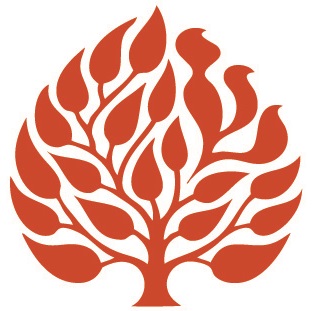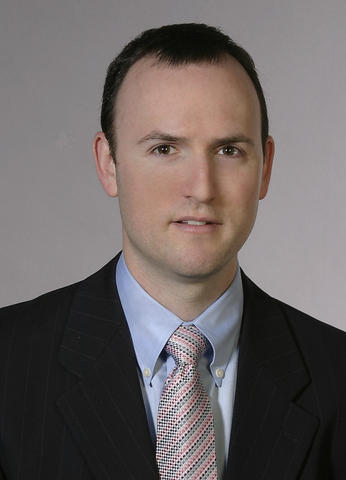Hatemail: Anti-Semitism on Picture Postcards A Discussion with Author Salo Aizenberg

Salo Aizenberg, one of the leading collectors of Judaic picture postcards, is also the author of Postcards from the Holy Land: A Pictorial History of the Ottoman Era, 1880-1918. He is a managing director of the RLJ Credit Opportunity Fund, and coordinates its business development activities. He earned his BS in Management Information Systems at the State University of New York at Binghamton and his MBA at Columbia Business School.

Today, email and social media sites are sometimes used to spread hateful messages and slurs masked as humor. In the late 19th and early 20th centuries, when postcards were one of the most popular ways to send brief messages to family, friends, and colleagues, they too were sometimes used to spread hate. The postcard images collected in Salo Aizenberg’s Hatemail: Anti-Semitism on Picture Postcards make it painfully clear that anti-Semitic propaganda did not simply begin with the Nazis. Nor was it the sole province of politicians, journalists, and rabble-rousers. One of the most virulent forms of anti-Semitism during the heyday of postcards was spread by quite ordinary people. A considerable number of those cards, reflecting deep-seated attitudes of society, carried the anti-Semitic images that publishers churned out to meet public demand.
More than 250 examples of such postcards, largely from the pre-Holocaust era, are reproduced in Hatemail for the first time, translated and historically contexualized by one of the world’s foremost postcard collectors. Although representing but a small sample of the many thousands that were in print, these examples nonetheless offer a disturbing glimpse-one shocking to the modern sensibility-into the many permutations of anti-Semitism eagerly circulated by millions of people. In so doing, they help us to better understand a phenomenon still pervasive today.



